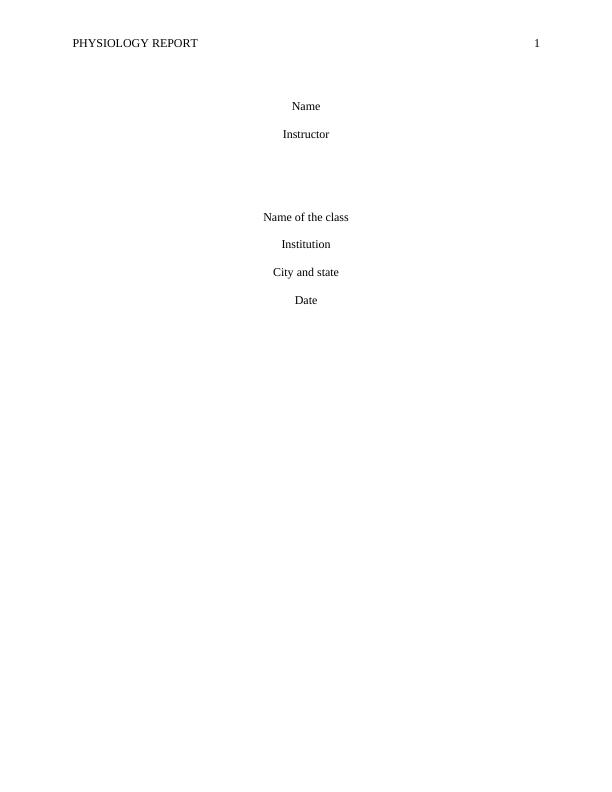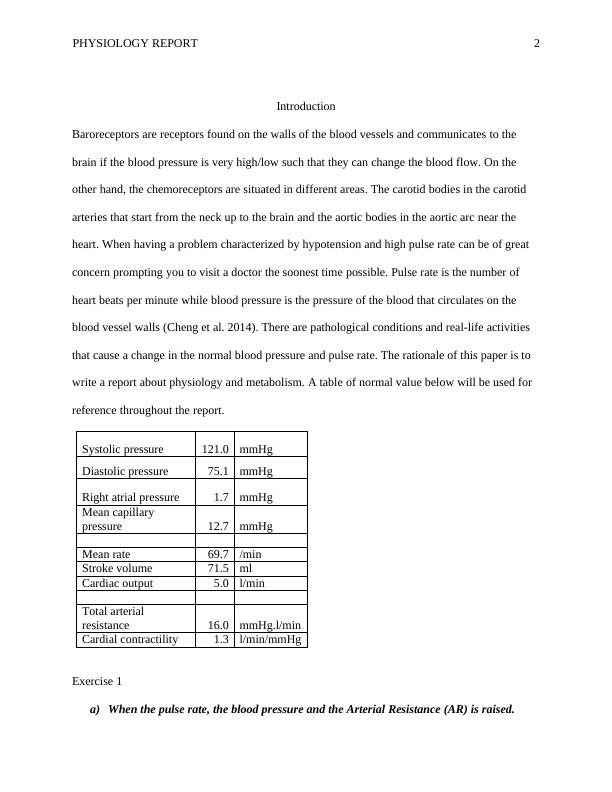Physiology Report Baroreceptors
8 Pages1668 Words197 Views
Added on 2020-04-13
Physiology Report Baroreceptors
Added on 2020-04-13
ShareRelated Documents
End of preview
Want to access all the pages? Upload your documents or become a member.
Effect of short-term exercise on cardiovascular, respiratory and muscular systems
|12
|2808
|171
Effect of Upper and Lower Extremity Exercise on Blood Pressure of Healthy Male Adults
|5
|1360
|255
Exercise Physiology Assignment PDF
|14
|2790
|60
Medical Science Assignment (Doc)
|12
|2073
|64
Blood Pressure: Effects of Posture on Arterial Blood Pressure
|7
|1332
|57
Hypertension Case Study: Biochemical Mechanisms, Prevalence, Diet and Exercise
|9
|2669
|159



